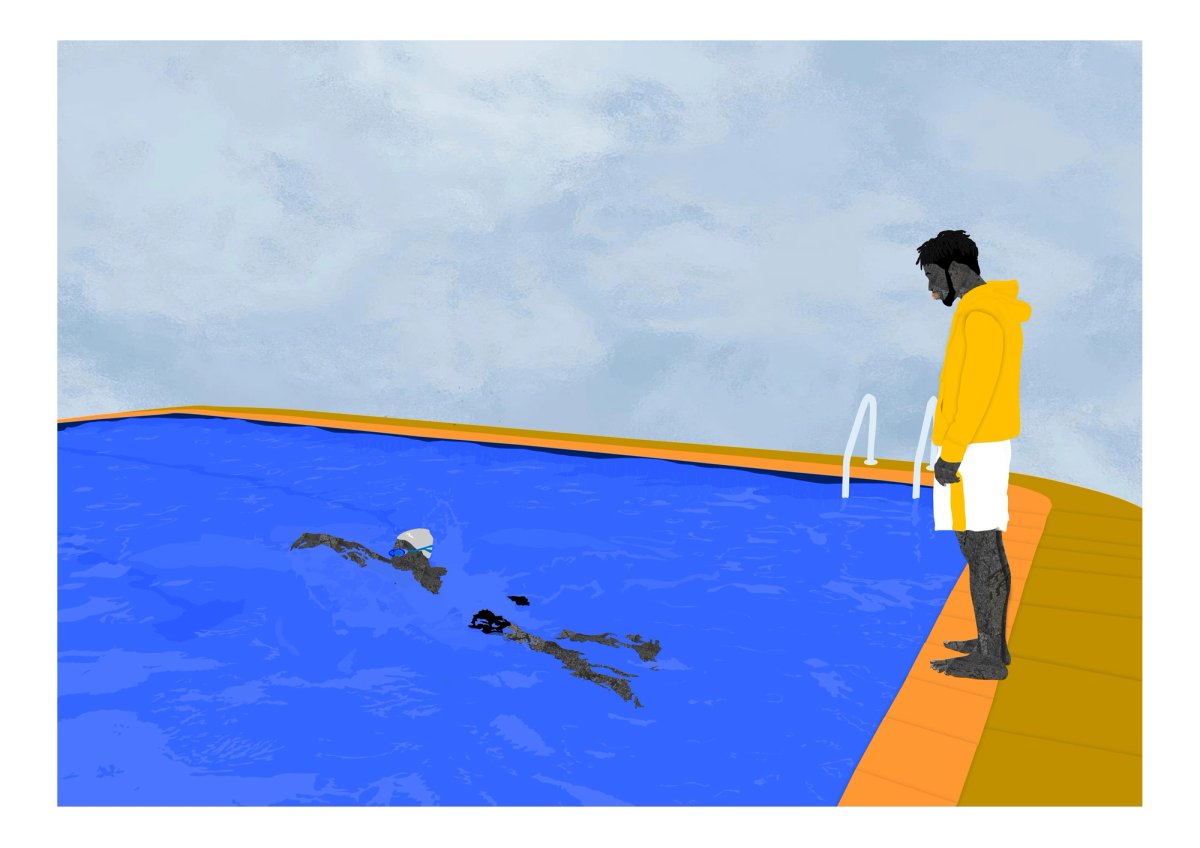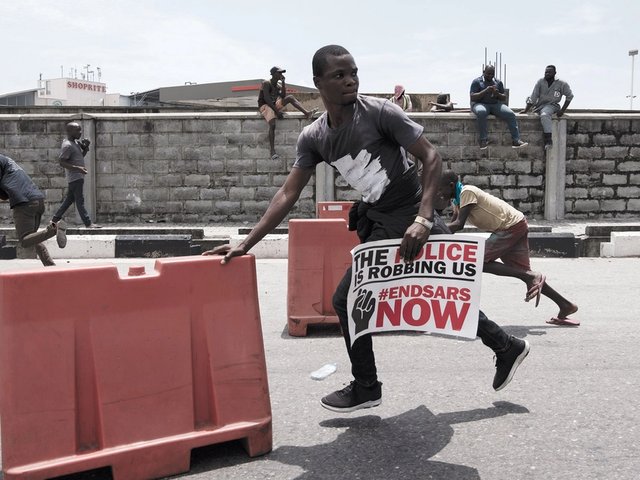Over the course of ten days this March, the Nigerian artist, Osinachi, sold NFTs worth $75,000. He had joined the blockchain-enabled digital art marketplace in 2017, and only really got the hang of it two years later. As recently as 2016, he was a librarian at the University of Nigeria, Nsukka.
This year, Christie’s organised their first NFT sale of an African artist in collaboration with 1-54 Art Fair. The artist in question? Osinachi.
He is not alone though. He is a reflection of the NFT wave which is making its way—and changing fortunes—across the African continent.
Perhaps in recognition of this wave, this weekend (African) NFTs will take centre stage at Art X Lagos (until 7 November, online until 21 November), a first for West Africa’s “most prominent art fair.” The fair has elected to organise a special NFTs sale in partnership with the digital art marketplace, Superrare, showing NFT artists such as Youssef El Idrissi, Linda Dounia and Rendani Nemakhavhani from across the African continent and its diaspora including Morocco, Jamaica, South Africa, Ghana, Rwanda, Senegal and more.
The fair’s organisers are keen to establish though that NFTs are not only about the eye-popping prices they command these days. Yes, a Beeple may go for $60m but NFTs must mean more, at least to African artists. Alongside the sale, the fair will critically engage with the production of crypto art by African artists via its talks programme.
The fair says in an online statement accompanying the talks announcement: “This discussion aims at demystifying NFTs, and reframing the debate around meaning, intention and the creative drive that lies at the core of this revolution.”

Idris Veitch's Busted, Pumping Turtle Heart (2021), a digital Collage
Courtesy of the artist and Art X Lagos
“It will explore NFTs as a vehicle for experimentation and empowerment, presenting unparalleled opportunities for individual and collective growth, and creating avenues for creative ecosystems to thrive, including Africa’s…”
In reality, though, the barrier to entry is higher for African artists than their Western counterparts. The fees to mint NFTs are often prohibitive (and continue to rise) and are dollar denominated against which most African currencies are weak. Also, in countries like Nigeria, cryptocurrency—with which NFTs are traded has been banned by the government.
So, in some ways, the fair is going against the grain, while staying on the pulse of the continent’s art beat. It has built a reputation doing this. Last year, as protests against police brutality rocked the country, Art X Lagos spotlighted and funded photographers documenting the protests for posterity, running the risk of drawing the government’s ire who would later see protesters as its enemy. When the protests were abruptly halted after the Nigerian army attacked and killed peaceful protesters at the biggest demonstration site, the fair cancelled its 2020 edition in solidarity. Art X Lagos then showed a tightly-curated selection of the photographers’ works in a sprawling online exhibition.
The NFTs will not be shown under such dark circumstances but some of the works on display are affecting and observers will be watching their sales performance closely. It remains to be seen if there is a market for NFTs on the continent.
The artists are certainly putting their best foot forward.
The Zimbabwean artist MoonsunDiamond’s textural portrait work shows a man with an arrow pierced through his body, blood dripping down his back, cigarette lodged between his fingers and arms raised. Has he survived something or is he dying?
Meanwhile, the Kingston-based Jamaican artist Idris Veitch shows a melange of textures, forms and portraits laid over each other, drawing references from his Nigerian heritage and Japanese travels.
By the end of the weekend, it will be clear whether the artists’ inventiveness and the fair’s ambition will be rewarded with that minuscule, (digital?) red dot that says: sold.




